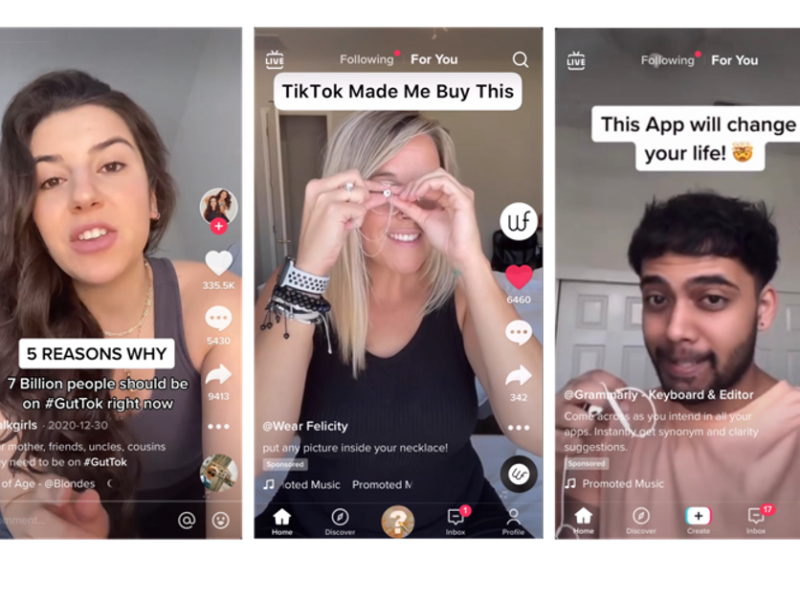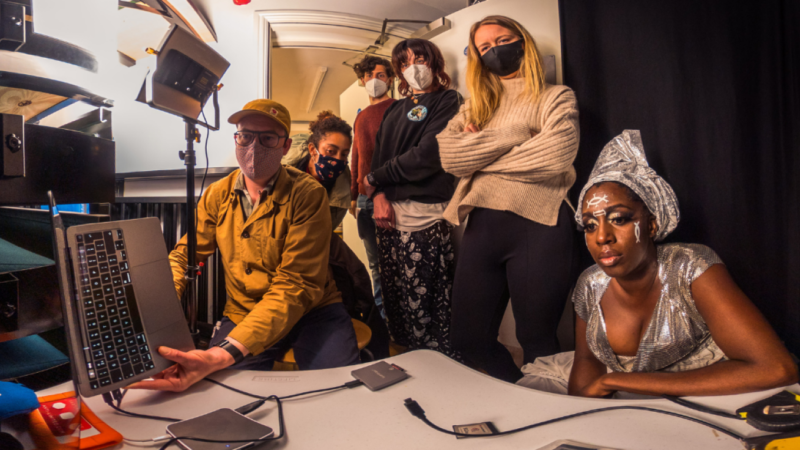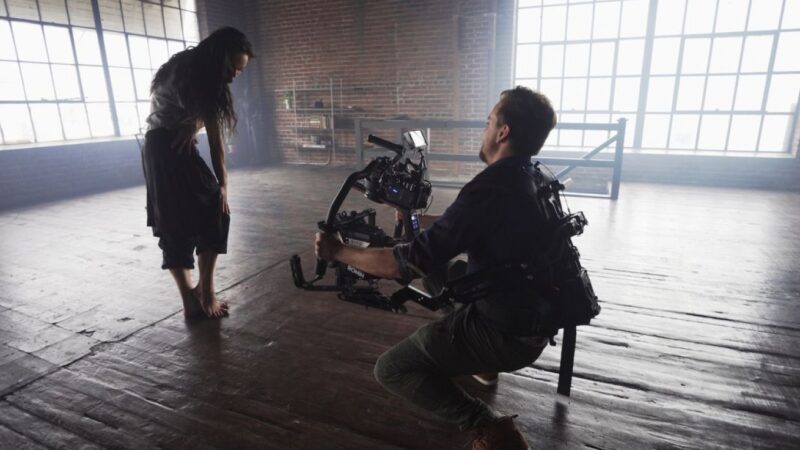Creating a trailer that lands.
Creating a good promotional trailer that captures the attention of people online is an effective way to connect new and existing audiences with your work. But what works online is often very different to what we know about promoting the arts and traditional offline marketing methods.
So how can you create a trailer that cuts through in noisy online spaces and engages with the people you want to reach? Here are five steps to creating a trailer that lands.

1. Front load your content.
With online content, it is important to present your most important, most impactful point first. To grab the attention of audiences online, you have a matter of seconds to make an impact. Features of traditional marketing and filmmaking such as slow fade-ins or long introductions with company names and logos will cause people to scroll by before you have had a chance to showcase your work.
2. Lead with the story.
Can you imagine promoting a film directed by Greta Gerwig and starring Meryl Streep, Laura Dern and Emma Watson and not using those names as the focal point for your promotional trailer? Rather than leading with the names of their all-star cast, the promoters of the 2019 adaptation of Little Women used story moments and standout quotes when creating an Instagram trailer. Social media trailers and images for the film focussed on the story and the four main characters, successfully bringing new, younger audiences to the work. Online content is story-led, and users want to be entertained rather than sold to. Draw people in with the most exciting elements of your story, and add other details sparingly.
The trailer for 2019’s Little Women focuses on the characters and story points.
3. Keep it concise.
At The Space we are often asked how long online videos should be. The answer is that there isn’t a perfect length, but it is important to be concise and to consider how much time you are asking of people – particularly when reaching out to new audiences who may not know you.
Keep 1-2 minutes in mind as a maximum and perhaps create some shorter edits too. Remember that more content does not equal more engagement: just because you make it longer, doesn’t mean people will digest more information about your work. Do the hard work in the edit so people don’t have to. Be selective, and if necessary, brutal, in the editing room in order to create something impactful and concise. You can always use unused footage as additional content elsewhere later.
4. Consider the format.
Online trailers work best when tailored specifically for the channel they are published on. And the most effective way to produce channel-specific trailers is to decide at the start of your production process where it will be published. Will you be publishing on YouTube and embedding on your website? Are you planning on using Instagram Reels or TikTok?
Deciding on formats in the early stages will help you to select filming styles, photography or text that will work best for those formats, rather than trying to edit something made for YouTube into a TikTok video.

5. Be resourceful.
If you are promoting a performance or live stream, you may not have a huge amount of source material to create a trailer. Be resourceful and think about what you have in your archive that can be used creatively. You might have some high-quality images or videos of similar performances, or pictures or audio clips from rehearsals that you could overlay text onto. Trailers don’t have to be long and cinematic to make an impact: use what you have.
Following these steps should help you produce an effective trailer that cuts through in noisy online spaces where competition for attention is high. If you’d like to know more about finding audiences online, download our Online Audiences Toolkit.

About the author
Katie Connolly, Space Associate
Katie is a freelance content specialist and digital associate for The Space. She works across media, education and culture to advise organisations on digital content strategy and online audience development.
How useful was this resource?




